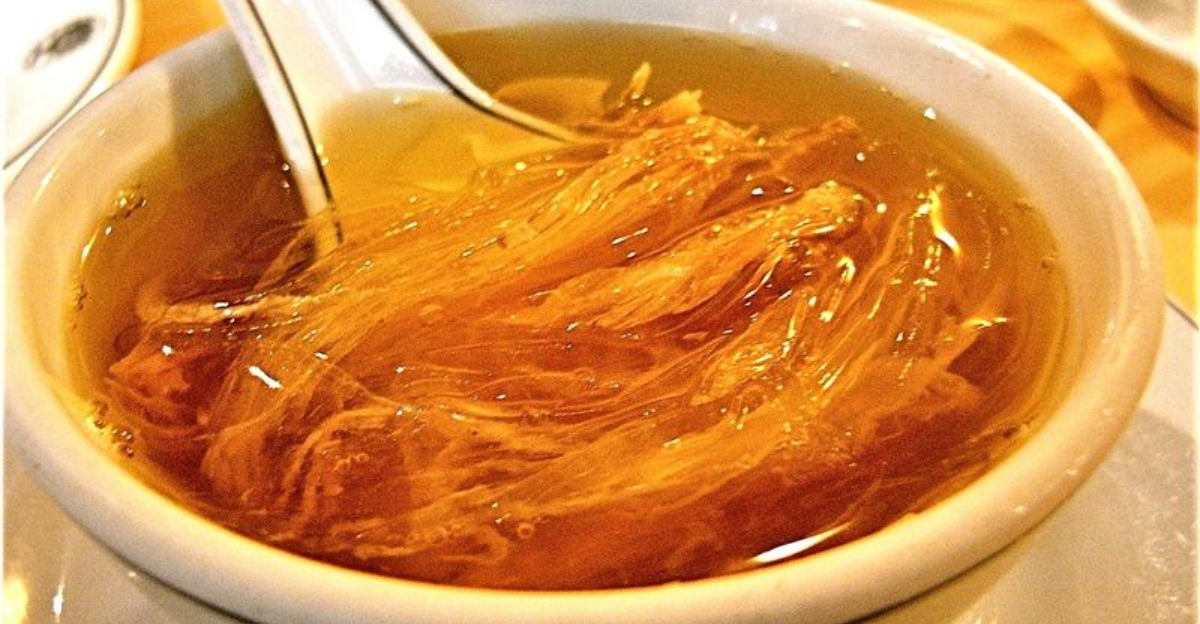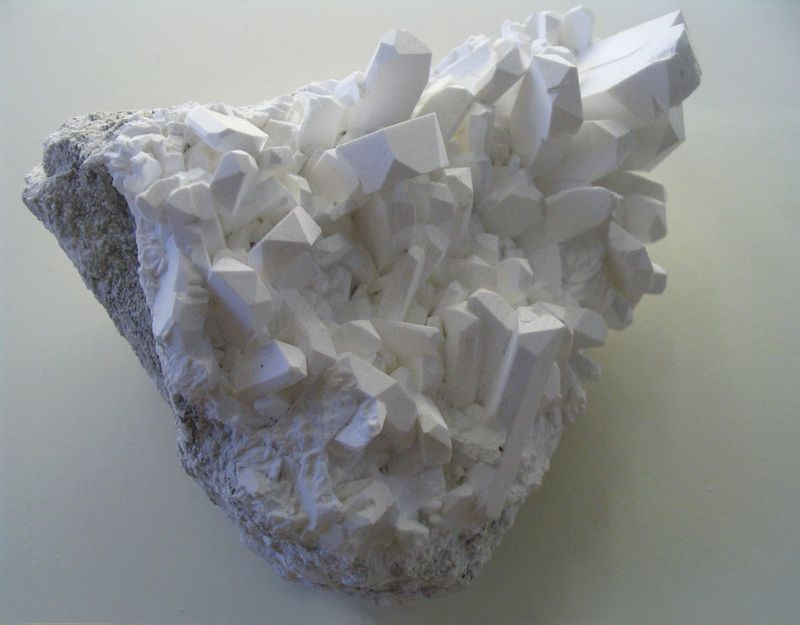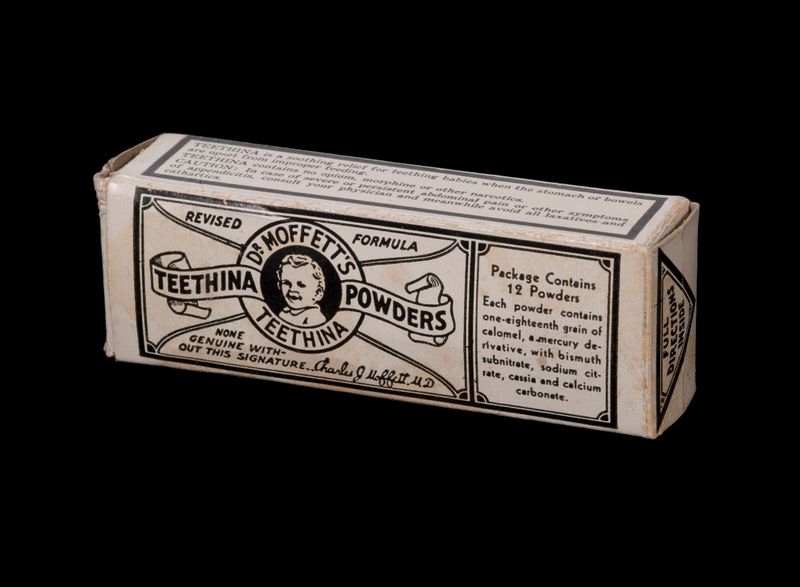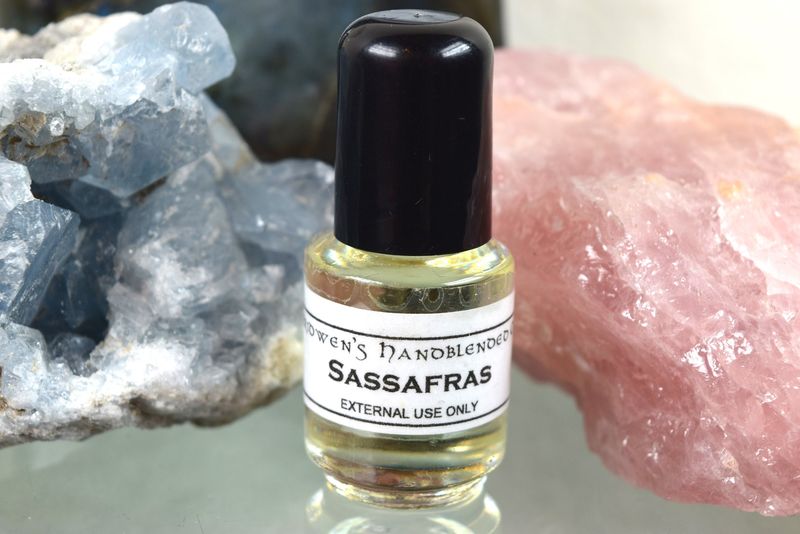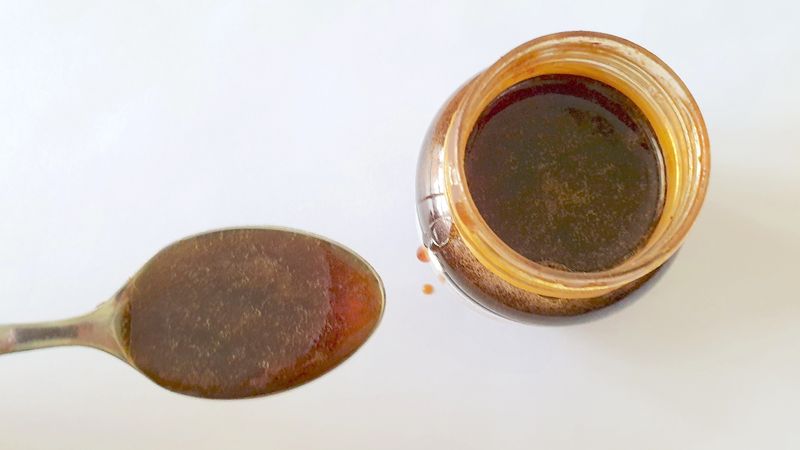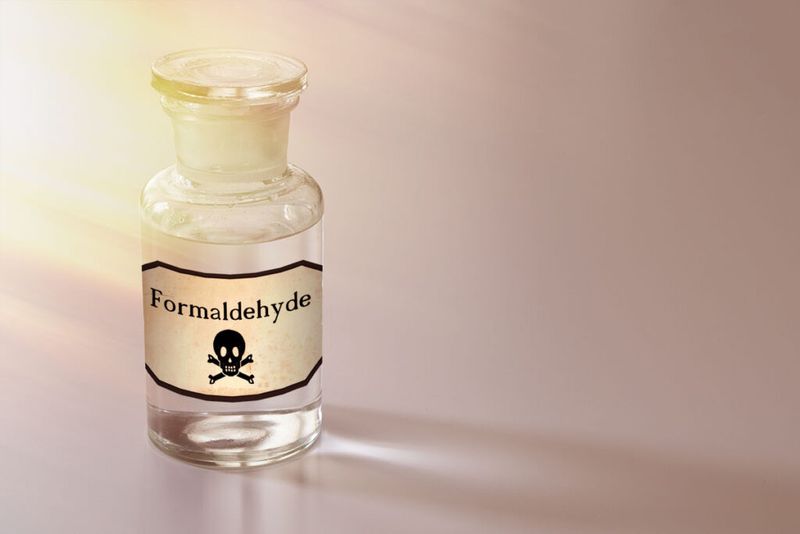Kitchen cupboards throughout history have held some truly terrifying secrets. What our ancestors once sprinkled into recipes without a second thought would make modern food safety experts faint in horror.
From sweeteners that slowly poisoned Roman nobility to colorful dyes that caused cancer, these ingredients were once cooking staples before science revealed their dangers.
Let’s explore these forbidden flavors that have been permanently crossed off shopping lists around the world.
1. Lead-Based Sweeteners (Lead Acetate)
The Romans called it ‘sugar of lead’ and used it liberally to sweeten wine and preserve fruits. Its delightfully sweet flavor masked a deadly secret – it was actually lead poisoning in a bottle!
Wealthy Romans suffered mysterious ailments: gout, mental deterioration, and infertility. Many historians believe these symptoms contributed to the empire’s downfall, as generations of aristocrats unknowingly poisoned themselves with each sweetened sip.
The substance accumulated in bones, organs, and brains, causing irreversible damage. Modern science has since confirmed what the Romans learned the hard way – no dessert is worth brain damage.
2. Arsenic
Victorian socialites knowingly consumed arsenic to achieve the fashionable pale complexion of the era. Beyond beauty treatments, this deadly compound found its way into candies, tonics, and food colorings, creating vibrant green hues that captivated consumers.
Candy shops sold ’emerald green’ treats containing copper arsenite, while arsenic-laced medicines promised to cure everything from asthma to cancer. The irony? Many patients deteriorated rapidly after treatment.
Symptoms began subtly – headaches, confusion, and stomach pain – before progressing to convulsions and death. By the early 1900s, regulations finally acknowledged what was becoming painfully obvious: arsenic belongs in crime novels, not kitchens.
3. Borax (Sodium Borate)
Before refrigeration became widespread, butchers faced a constant battle against spoilage. Their secret weapon? Borax powder liberally dusted over meat to keep it looking fresh and pink long past its prime.
Manufacturers even marketed borax-containing preservatives under innocent names like ‘Preservaline,’ promising housewives their Sunday roast would stay appealing all week. The white crystalline substance seemed miraculous – until people began experiencing mysterious kidney ailments and digestive problems.
Scientists eventually linked these health issues to borax consumption. Today, this compound is relegated to cleaning products and pest control, where it belongs – far away from dinner plates and certainly not sprinkled on your steak.
4. Calomel (Mercurous Chloride)
Parents in the 1800s routinely soothed their teething babies with calomel powders, unaware they were essentially rubbing mercury compounds onto their children’s gums. This dangerous substance wasn’t just for infants – it found its way into bread recipes and was prescribed as a treatment for everything from constipation to syphilis.
Victims developed tremors, excessive drooling, and loose teeth before suffering neurological collapse. The infamous ‘mad hatter’ stereotype emerged from hat makers who developed mental illness after chronic exposure to mercury compounds in their craft.
Despite causing obvious harm, calomel remained in medical use until the early 20th century. Modern regulations now recognize mercury compounds as potent neurotoxins with no place in our food or medicine.
5. Sassafras Oil (Safrole)
Nothing says nostalgic Americana quite like root beer’s distinctive flavor – originally derived from sassafras root bark. The compound responsible, safrole, gave the beverage its signature taste that generations grew up loving.
Children slurped down root beer floats while soda fountains served sassafras-infused drinks as health tonics. Native Americans had used sassafras medicinally for centuries, furthering the belief in its beneficial properties.
Laboratory studies in the 1960s revealed safrole’s dark secret: it caused liver cancer in laboratory animals. The FDA promptly banned sassafras oil in foods, forcing manufacturers to reformulate with artificial flavors. Modern root beer contains no actual sassafras – just a chemically engineered reminder of a once-beloved but dangerous flavor.
6. Potassium Bromate
Bakers once considered potassium bromate essential for creating perfectly risen loaves with minimal effort. This white powder strengthened dough, improved texture, and created that picture-perfect bread dome that customers loved.
Commercial bakeries added it to nearly everything – from sandwich bread to pizza dough – appreciating how it reduced mixing time and increased production efficiency. Japan was the first to raise alarm bells in the 1970s when research linked the compound to cancer in laboratory animals.
Most developed nations have since banned this ingredient, yet remarkably, it remains legal in the United States. American consumers must check labels carefully for “potassium bromate” or “bromated flour” – a hidden hazard that most of the world has already removed from bakery shelves.
7. Rhododendron Honey (“Mad Honey”)
Ancient warriors deliberately consumed this crimson-hued honey before battle, seeking its mind-altering effects. Harvested from bees that pollinate toxic rhododendron flowers, this rare honey contains grayanotoxins that produce hallucinations, dizziness, and altered consciousness.
Historical accounts describe how armies were defeated after consuming contaminated honey left deliberately in their path. The Roman army fell victim to this strategy in 67 BCE when Turkish forces left honeycomb traps that incapacitated soldiers, making them easy targets.
Though banned in most regulated food markets, “mad honey” remains available through black markets as a folk medicine and recreational substance. Modern cases of poisoning still occur regularly in Turkey and Nepal, where it’s produced in remote mountainous regions beyond government oversight.
8. Absinthe (Original Formulas)
The emerald liquor that fueled Parisian bohemian culture contained more than just alcohol. Original absinthe recipes included thujone, a compound in wormwood that supposedly drove artists like Van Gogh toward madness and self-destruction.
Nicknamed the “Green Fairy,” this potent spirit became the scapegoat for social problems across Europe. Tales of hallucinations, violent behavior, and moral degradation led to bans in most countries by the early 1900s.
Modern science suggests thujone’s effects were exaggerated, with absinthe’s extremely high alcohol content (up to 74%) likely responsible for most problems. Today’s legal versions contain regulated thujone levels, allowing contemporary drinkers to experience this historical spirit without the supposed madness that haunted their artistic predecessors.
9. Copper Cooking Vessels (Unlined)
Gleaming copper pots hanging in medieval kitchens weren’t just decorative – they were potentially deadly. Unlined copper cookware reacted with acidic foods like tomatoes or vinegar, leaching toxic copper compounds directly into meals.
Royal families often suffered mysterious illnesses attributed to their copper-heavy kitchens. Symptoms included stomach cramps, vomiting, and jaundice – the hallmarks of copper toxicity. Even more concerning, regular exposure could cause liver and kidney damage over time.
Modern copper cookware must be lined with non-reactive metals like tin or stainless steel. This protective barrier maintains copper’s excellent heat conductivity while preventing toxic metal from contaminating food. The beautiful but dangerous unlined versions are now banned from commercial kitchens worldwide.
10. Alum (Aluminum Sulfate)
Pickle enthusiasts once prized the perfect crunch that only alum could provide. This astringent compound was the secret behind those satisfyingly crisp vegetables in grandmother’s pickle jars and commercial products alike.
Beyond pickles, bakers used alum to whiten bread, while candy makers employed it to create crystal-clear confections. Food processors appreciated how it prevented discoloration in fruits and vegetables, extending their shelf appeal.
Research eventually linked aluminum compounds to neurological disorders, including possible connections to Alzheimer’s disease. Modern food regulations have largely eliminated alum from the food supply, replacing it with safer alternatives like calcium chloride. Those perfectly crisp pickles now come without the neurotoxic side effects.
11. Formaldehyde
Early food manufacturers discovered that a dash of formaldehyde could keep milk fresh for weeks, even without refrigeration. This practice became widespread in the early 1900s, with unscrupulous dairy companies adding this embalming fluid to mask the smell and appearance of spoiled products.
The same chemical used to preserve dead bodies was secretly preserving breakfast cereals, meat products, and even baby formula. Children consuming formaldehyde-laced milk suffered stomach pain, diarrhea, and sometimes death – a horrifying price for corporate profit.
Public outcry following exposés like Upton Sinclair’s “The Jungle” eventually led to the Pure Food and Drug Act of 1906. This landmark legislation finally banned formaldehyde in foods, though the chemical continues to contaminate some products illegally in developing countries.
12. Red Dye No. 2 (Amaranth)
The vibrant red color in everything from candy to cocktail cherries once came from Red Dye No. 2, also known as amaranth. This synthetic color made foods visually appealing – particularly children’s treats that benefited from eye-catching crimson hues.
M&M’s manufacturer famously removed red candies from their mix in 1976 despite not using this particular dye, simply to avoid consumer confusion and panic. The FDA banned Red Dye No. 2 after studies linked it to cancer in laboratory animals, forcing manufacturers to reformulate thousands of products.
Many countries still permit this colorant in limited quantities, creating international trade complications. American tourists in Europe might unknowingly consume the very dye banned in their home country, hidden in imported sweets and beverages.
13. Orpiment (Arsenic Sulfide)
Ancient confectioners created dazzling yellow sweets using orpiment, a naturally occurring mineral containing arsenic sulfide. Its golden hue made it popular in Middle Eastern and Asian cuisine for coloring candies and ceremonial foods for special occasions.
The distinctive yellow pigment appeared in everything from festival treats to elaborate royal banquets. Merchants valued it for its vibrant color that didn’t fade with time or heat, unlike plant-based alternatives.
Symptoms of poisoning included severe stomach pain, vomiting, and eventually death if consumed in sufficient quantities. Modern food safety regulations have eliminated this toxic colorant, replacing it with turmeric, saffron, or synthetic alternatives that provide the same visual appeal without the deadly side effects.
14. Whale Meat
Coastal communities worldwide once relied on whale meat as a dietary staple. In post-WWII Japan, school lunches regularly featured whale as an affordable protein source, while Nordic countries incorporated it into traditional dishes for centuries.
Beyond nutrition, whales provided oil for lamps, bones for corsets, and ambergris for perfumes. The multifaceted usefulness of these marine mammals nearly led to their extinction through relentless hunting.
Modern bans stem from both conservation concerns and health risks. Whale blubber accumulates dangerous levels of mercury and PCBs from ocean pollution, making consumption particularly hazardous for children and pregnant women. Today, only a few countries permit limited whale hunting under strict quotas, ending what was once a common ingredient in coastal cuisines worldwide.
15. Shark Fins
For centuries, Chinese emperors served shark fin soup as the ultimate status symbol – a tradition that continued into modern luxury dining. The cartilaginous fins themselves have virtually no flavor, serving merely as textural elements in a soup whose taste comes primarily from chicken broth and other ingredients.
Harvesting methods involve cutting fins from live sharks, then dumping the mutilated animals back into the ocean to die slowly – a practice known as “finning.” This cruel efficiency allows fishing boats to collect only the valuable fins rather than whole sharks.
Growing awareness of both the ecological impact and inhumane harvesting has prompted bans in many countries. Shark populations have declined by over 70% in some regions, threatening marine ecosystem collapse for what amounts to little more than a status-signaling garnish.
